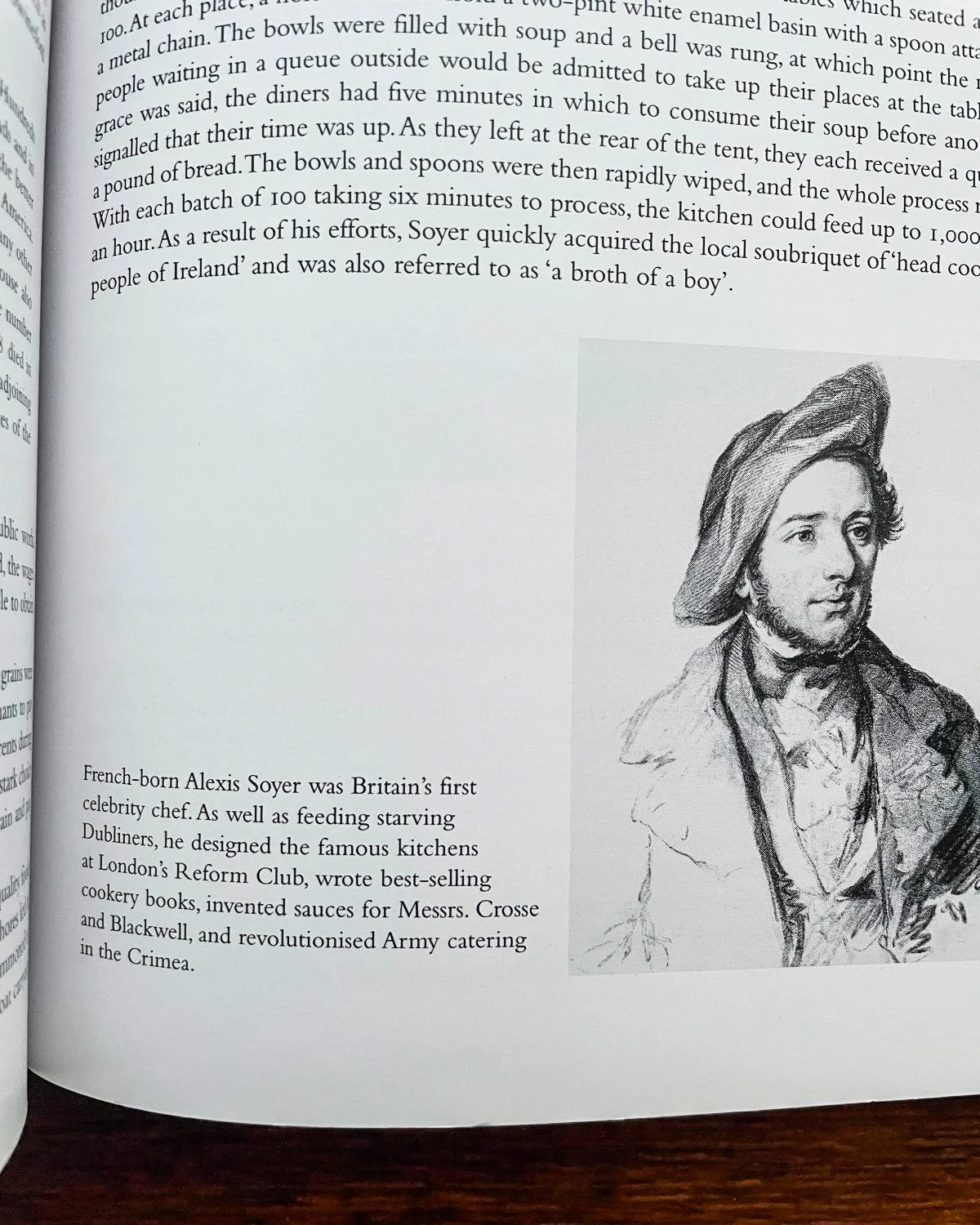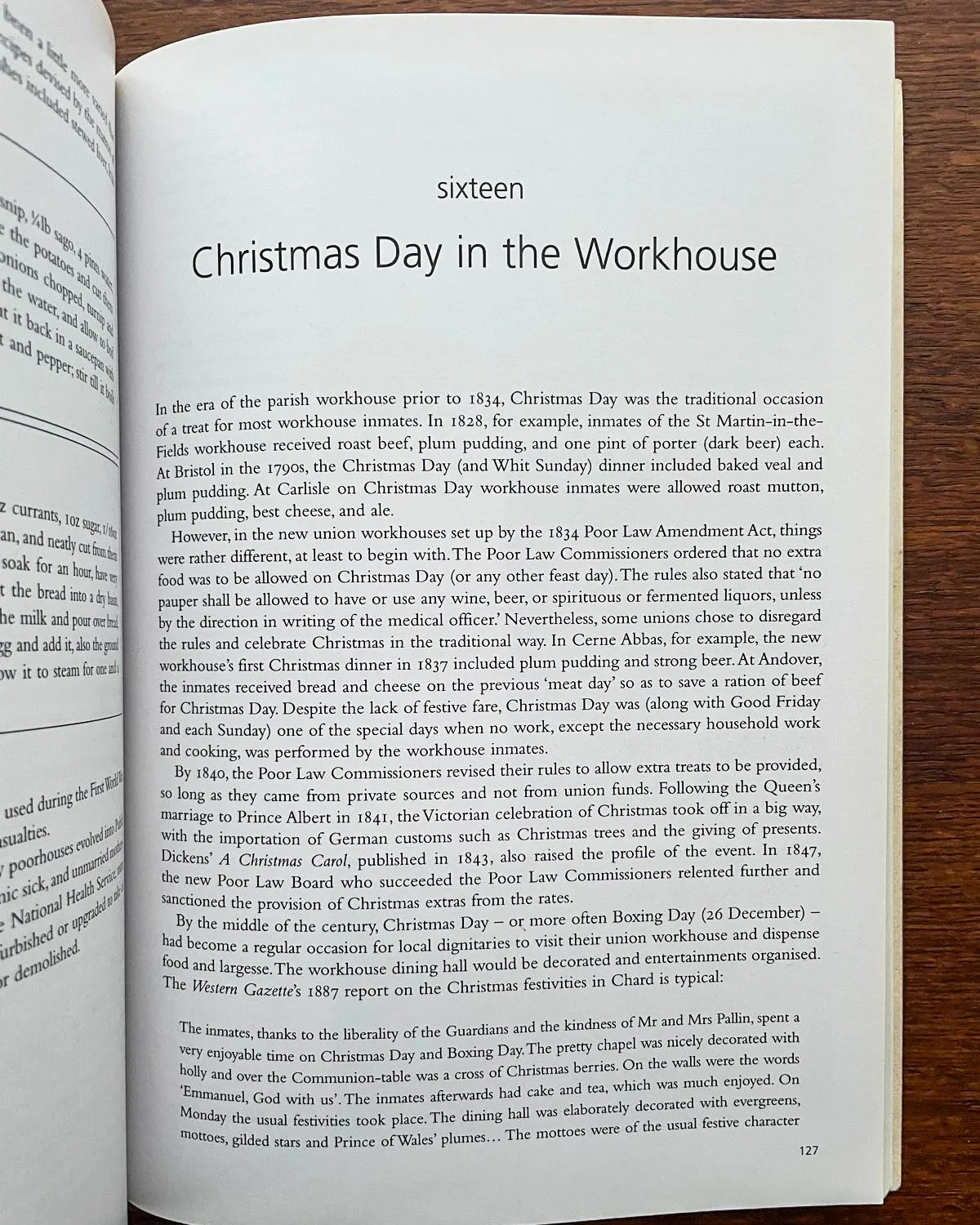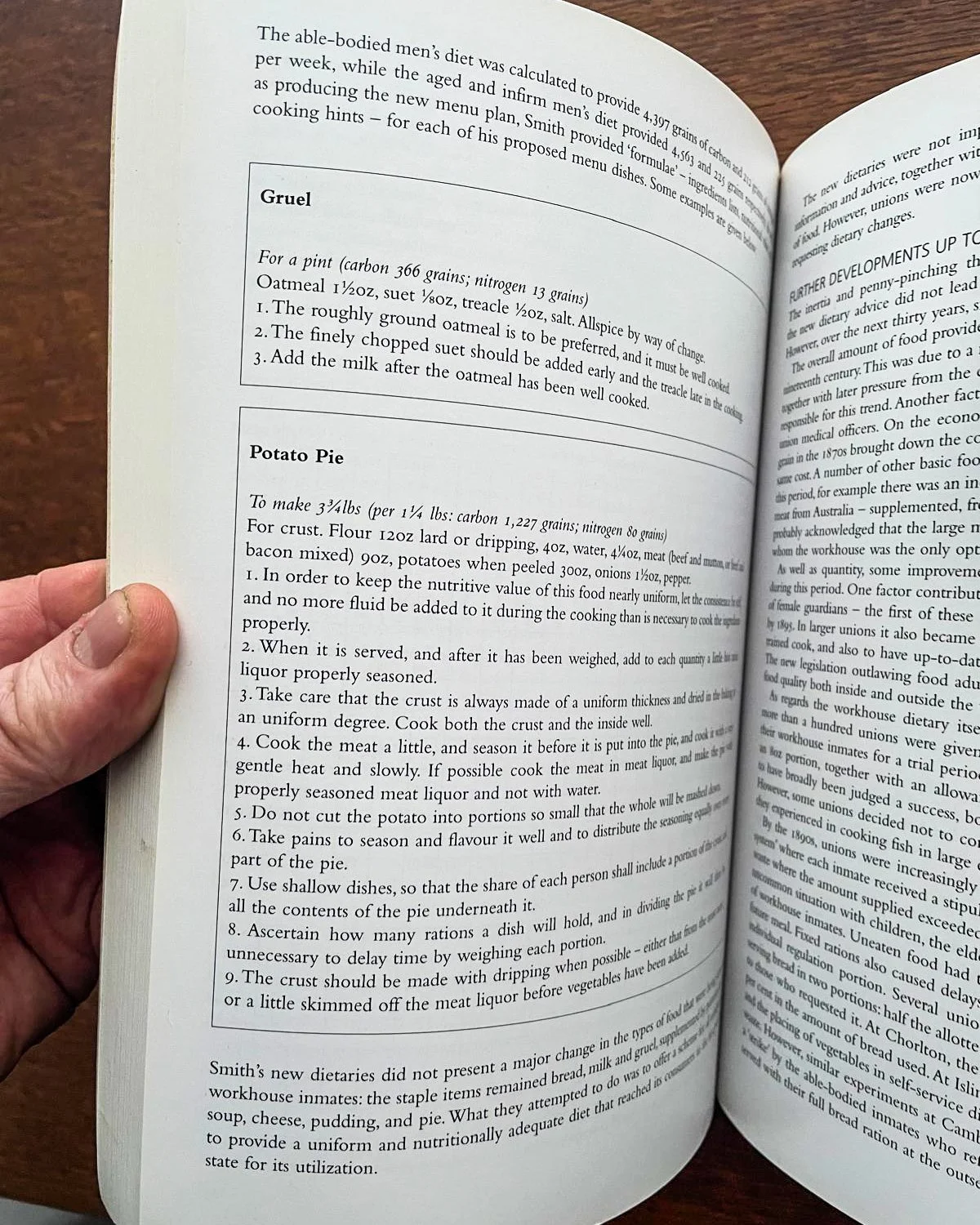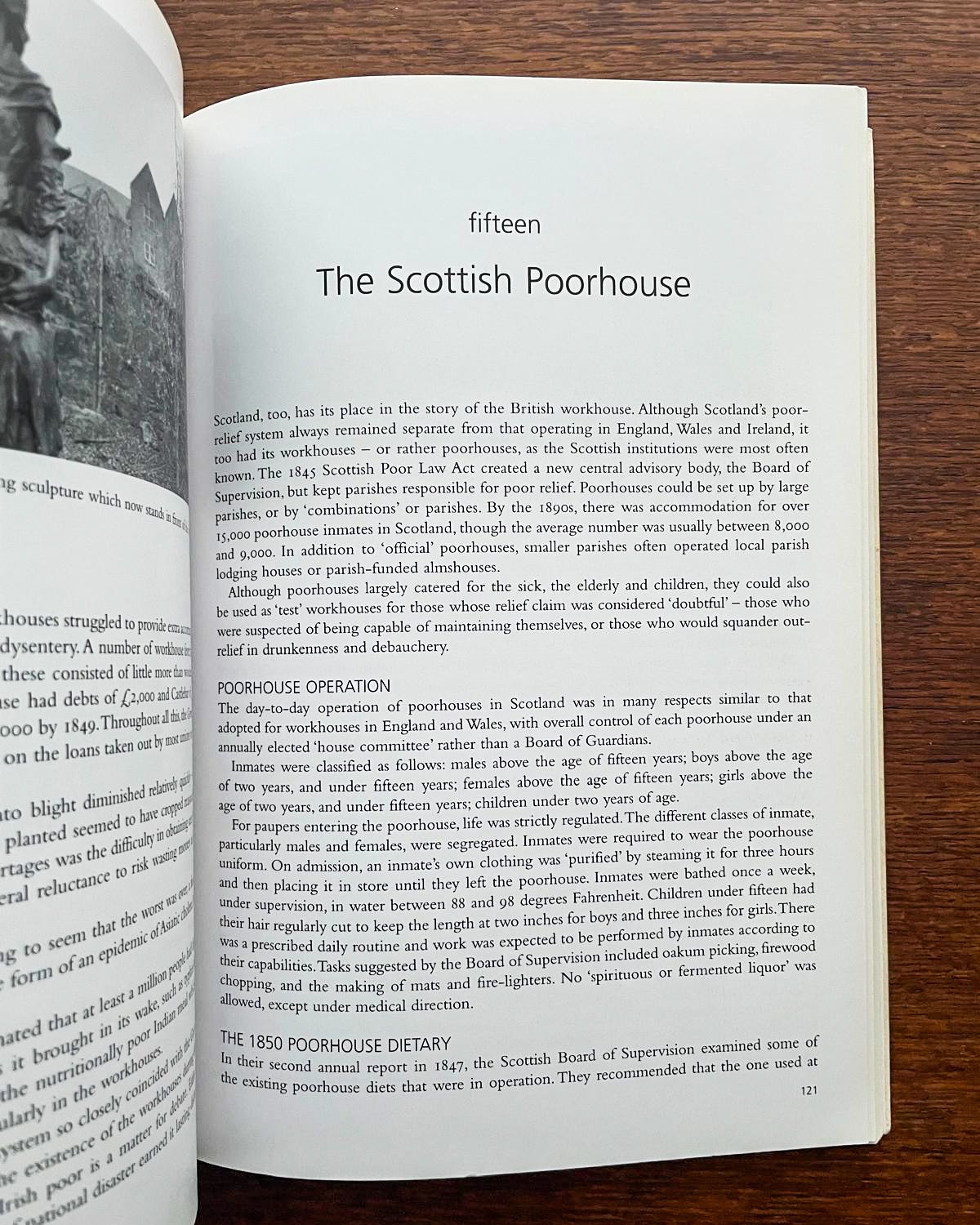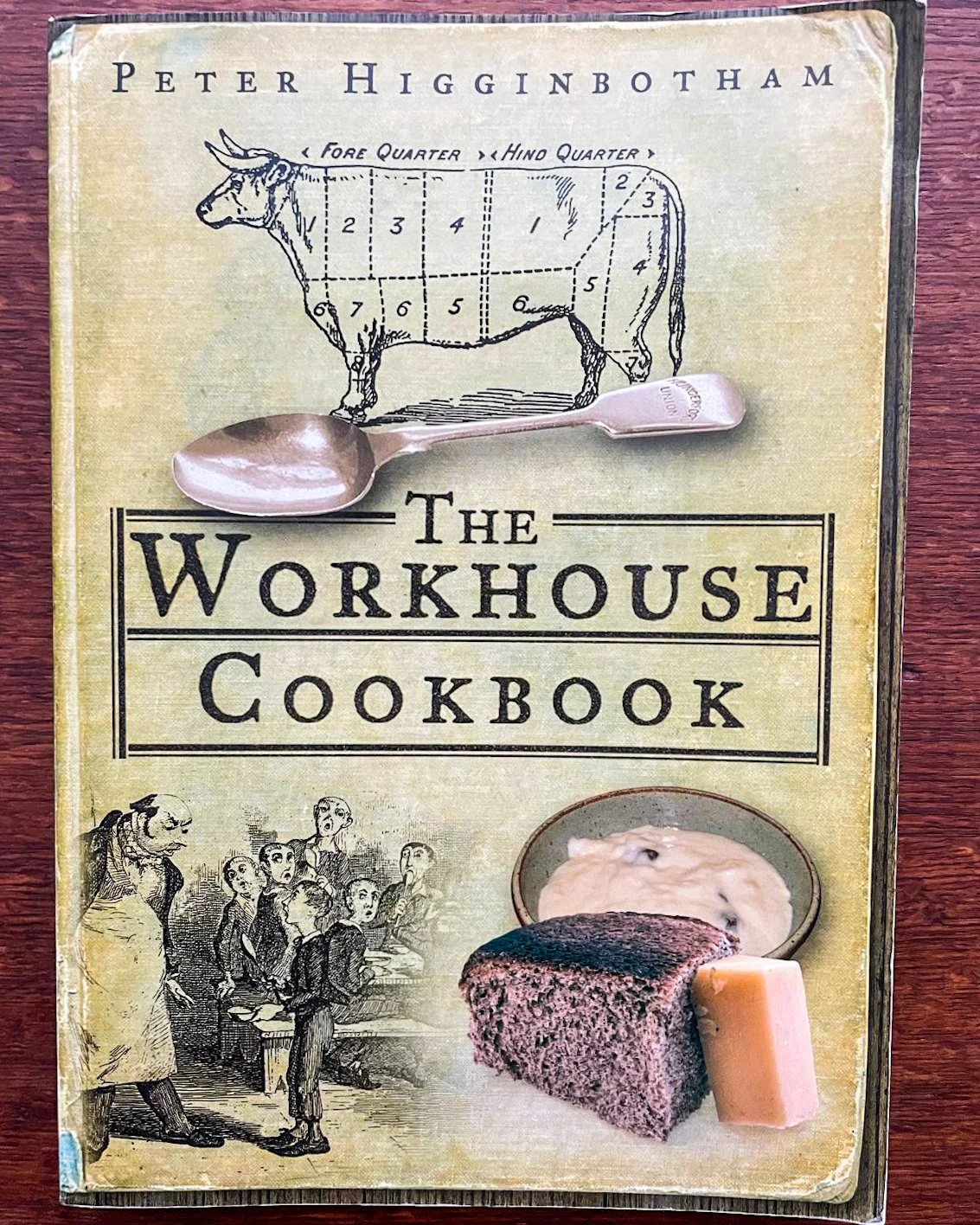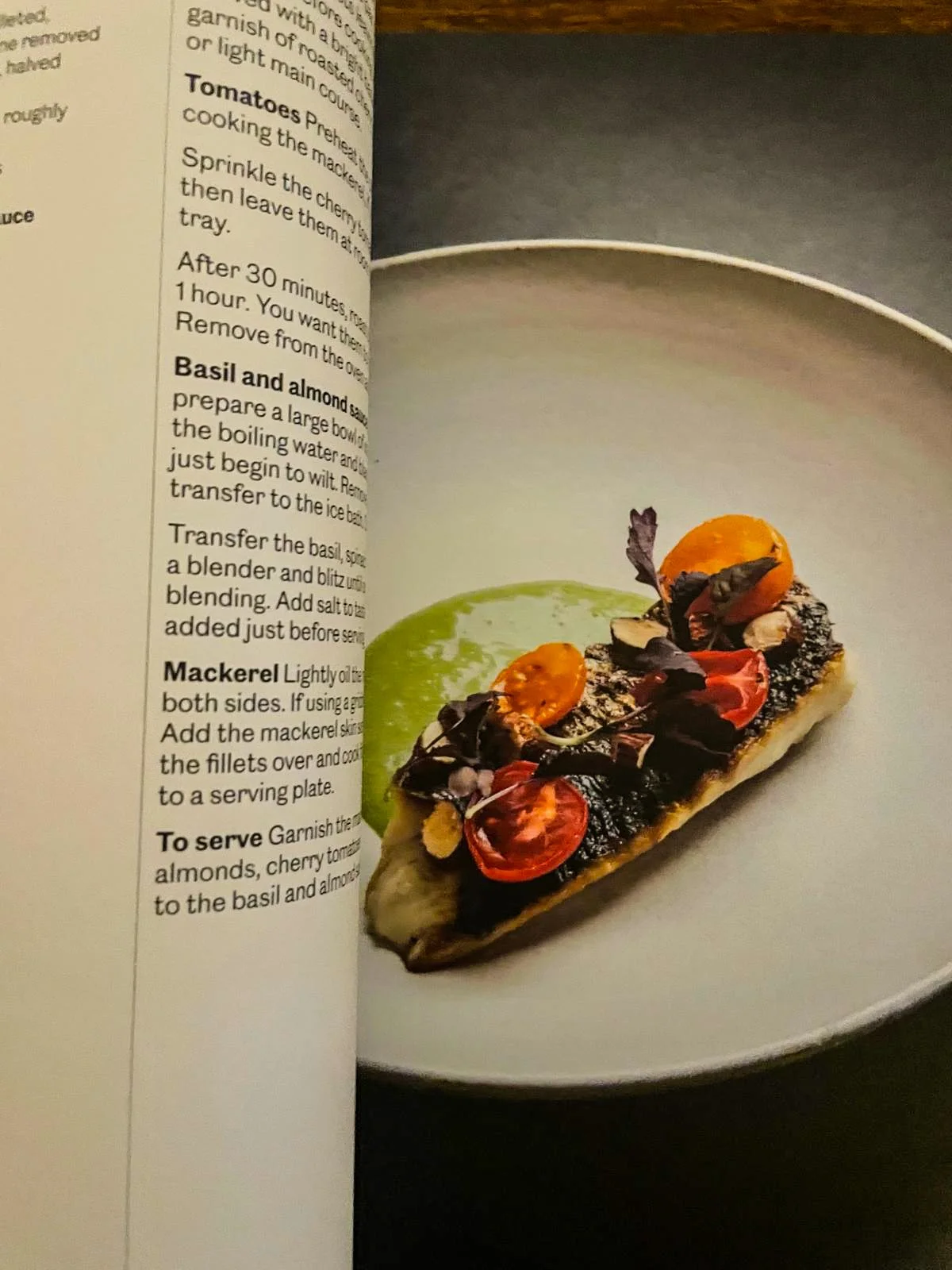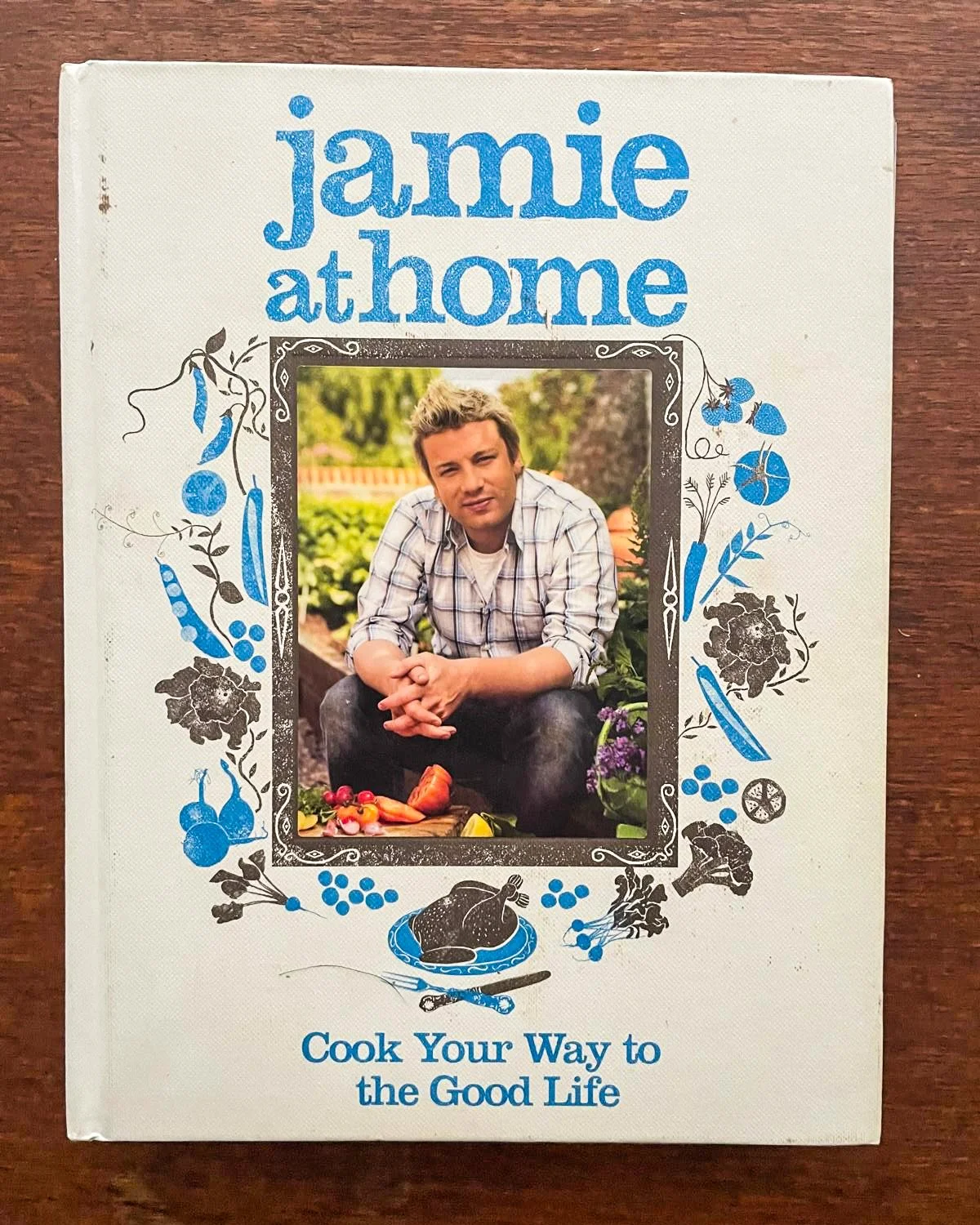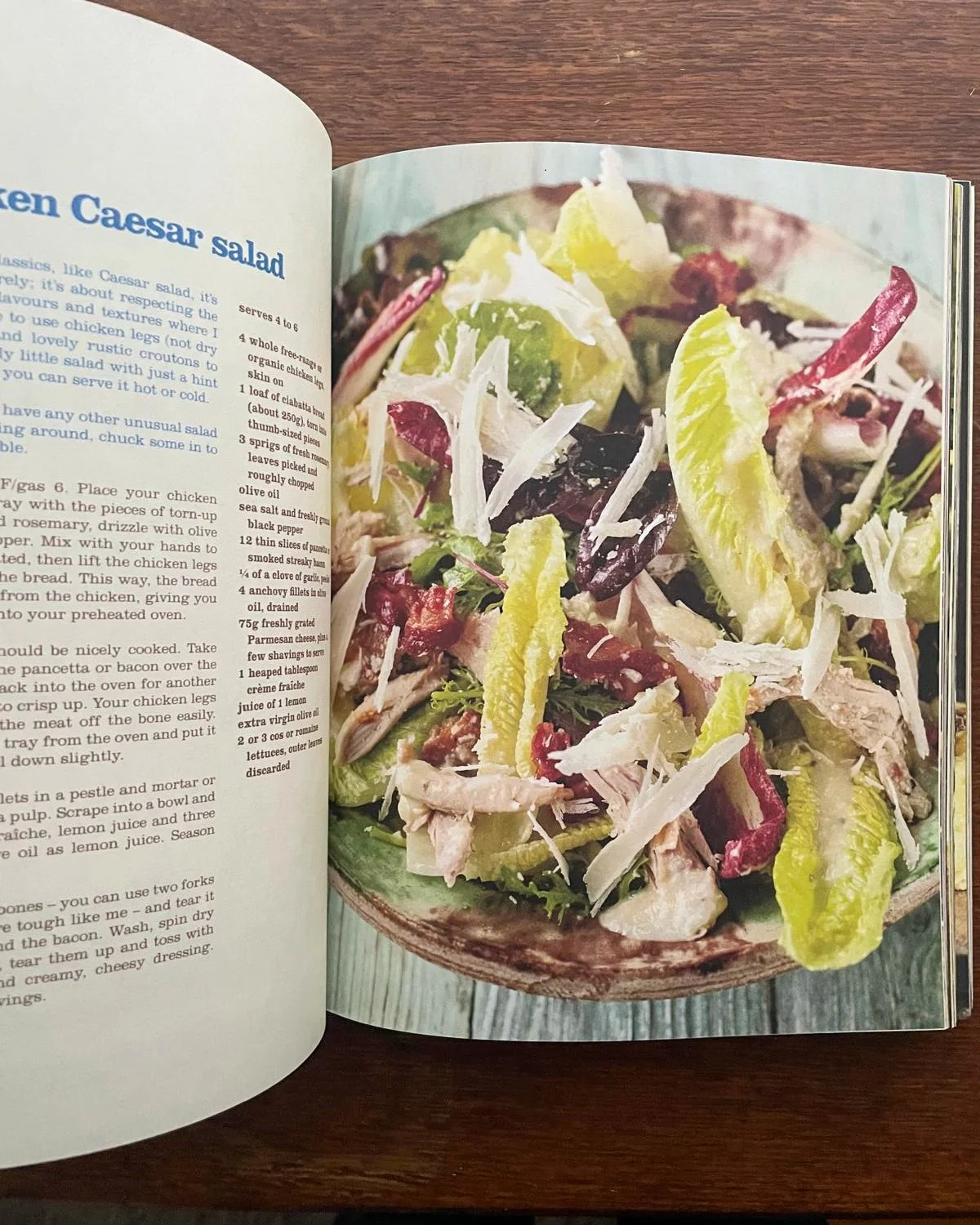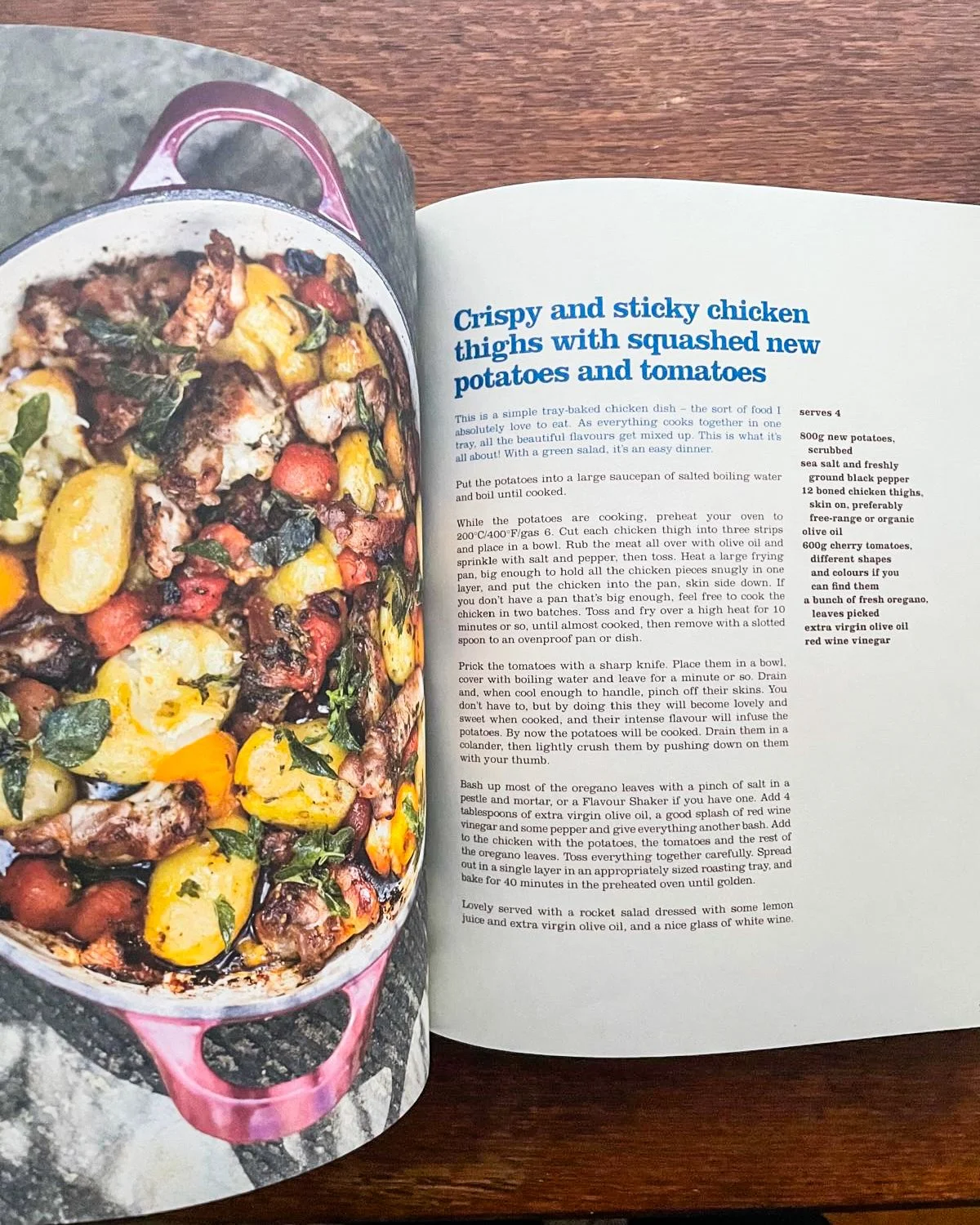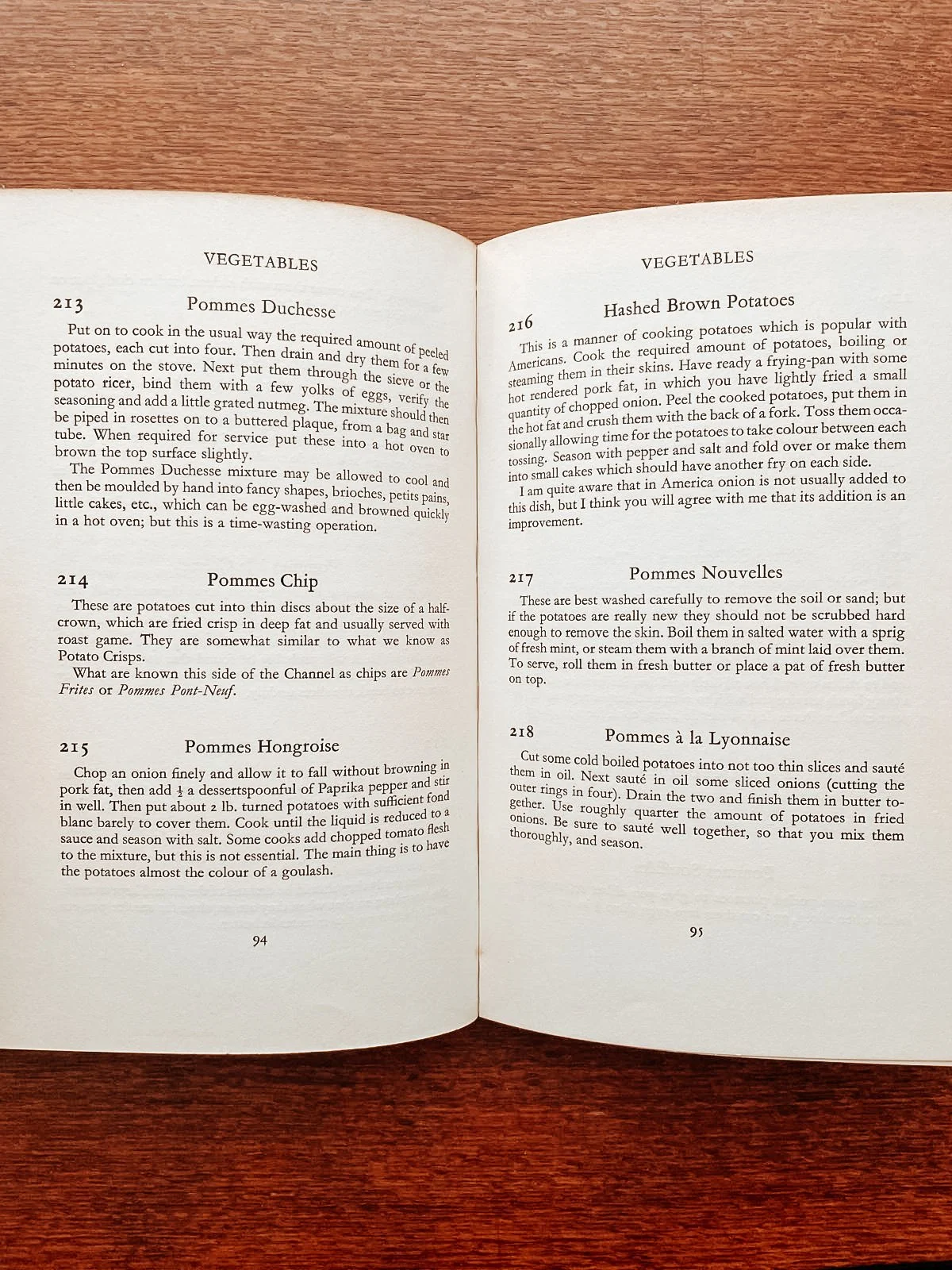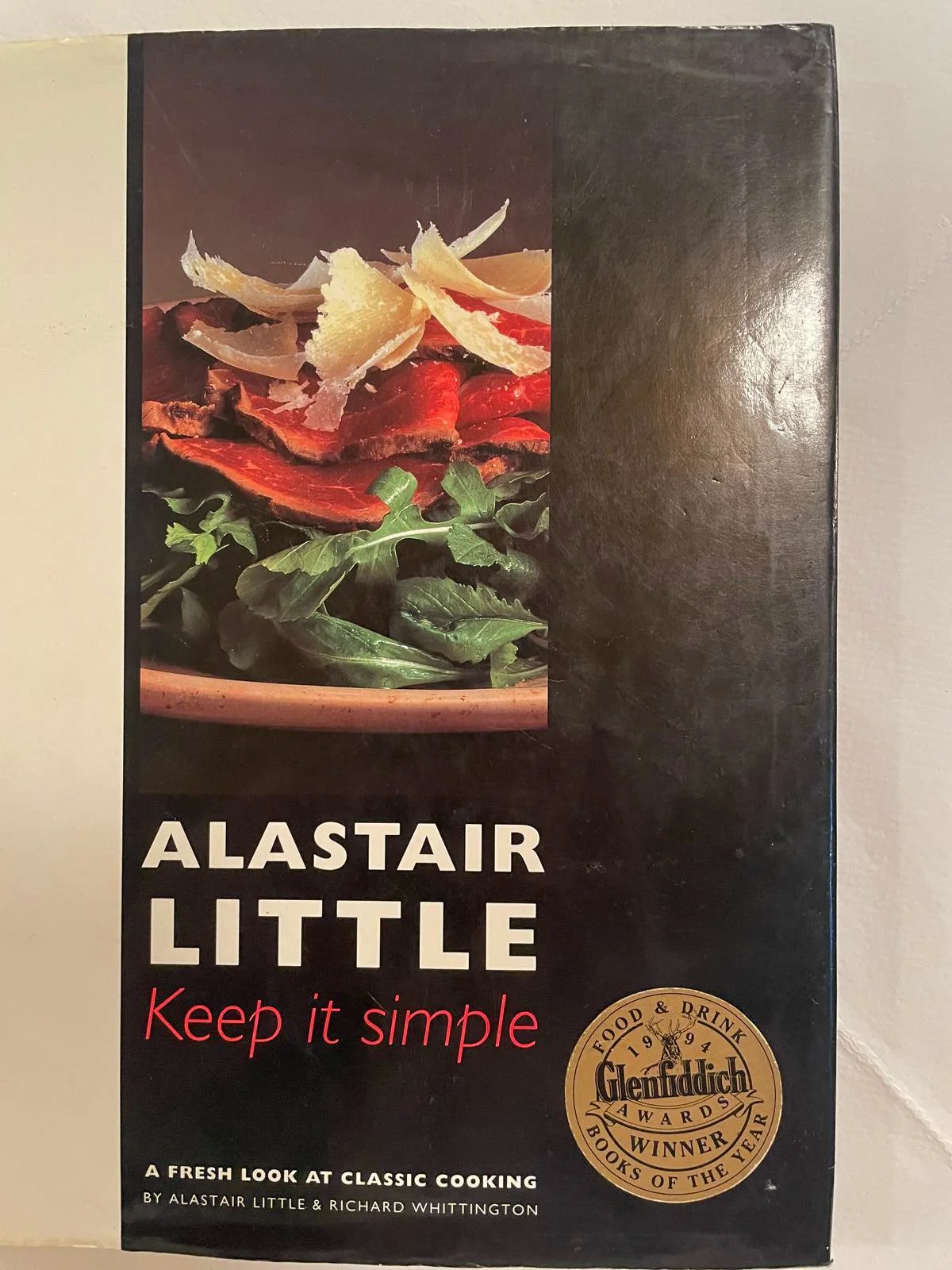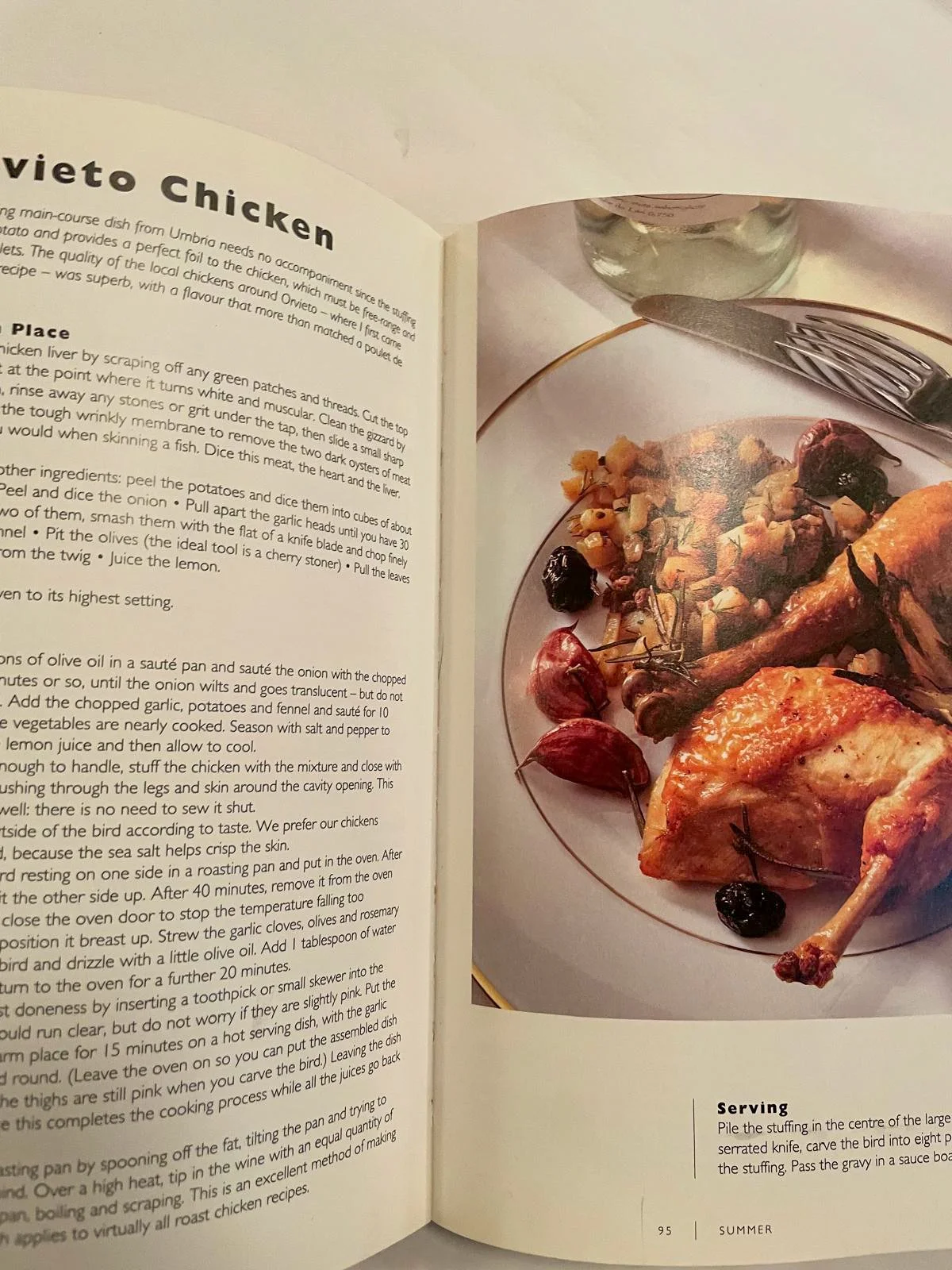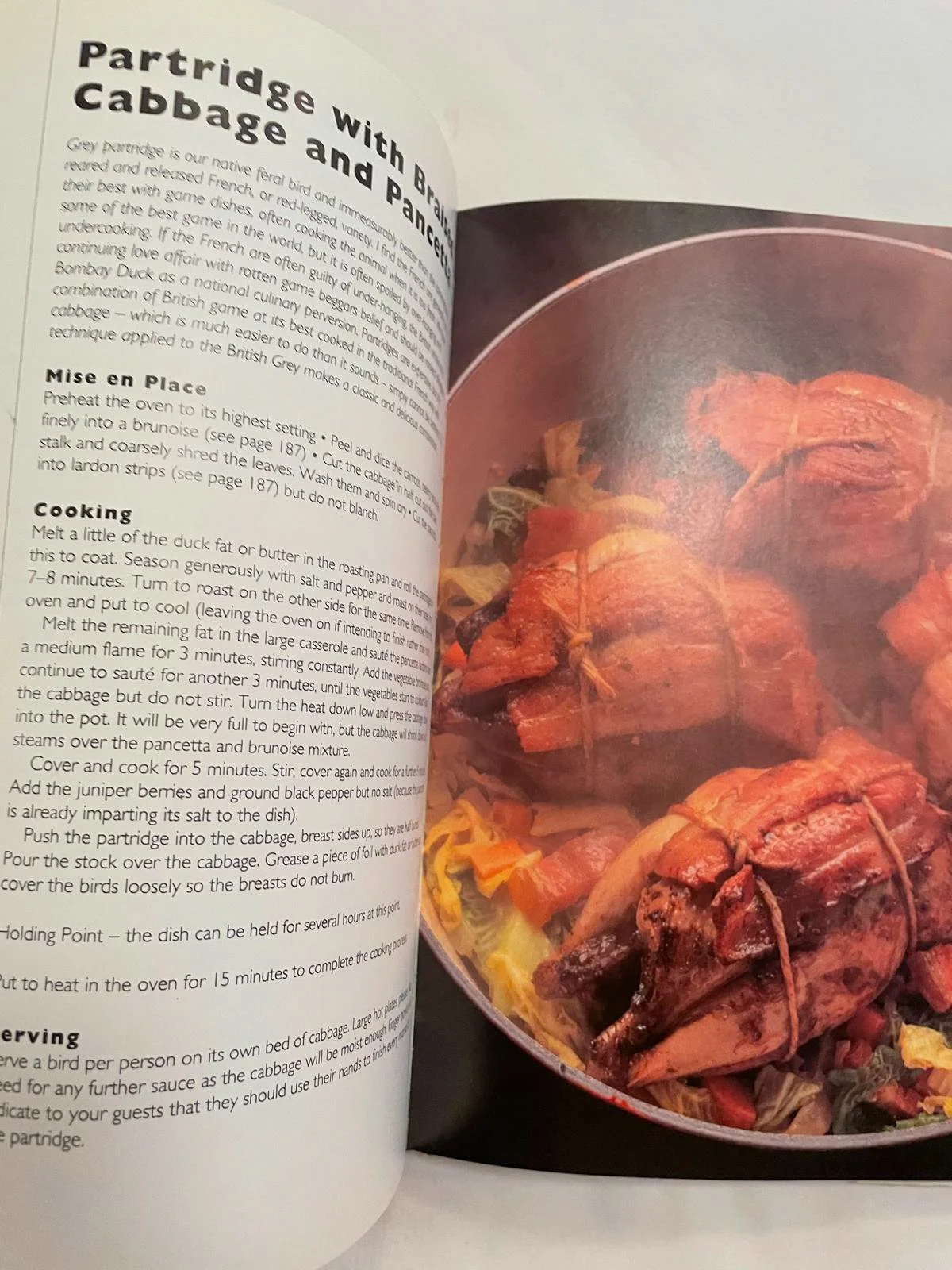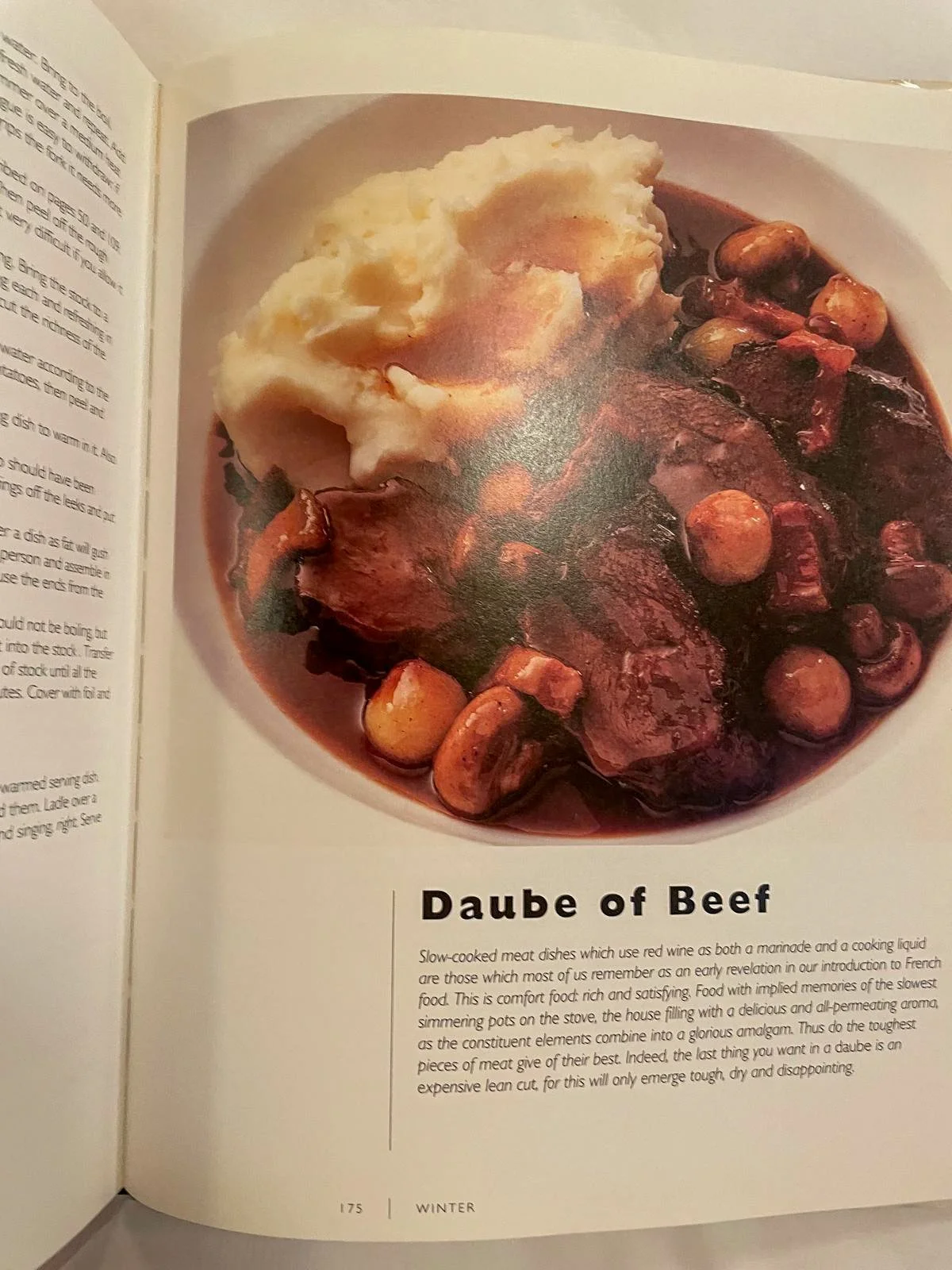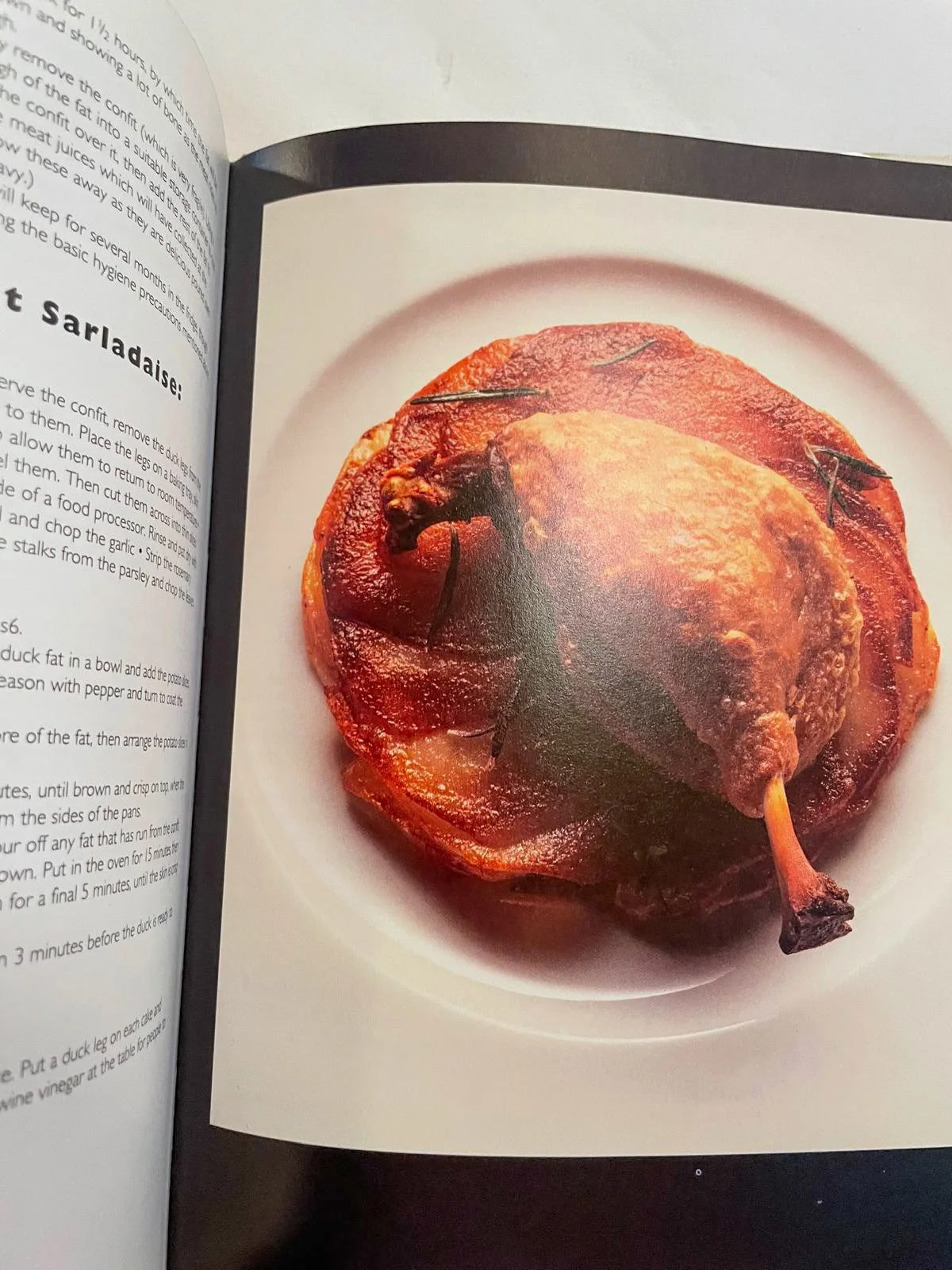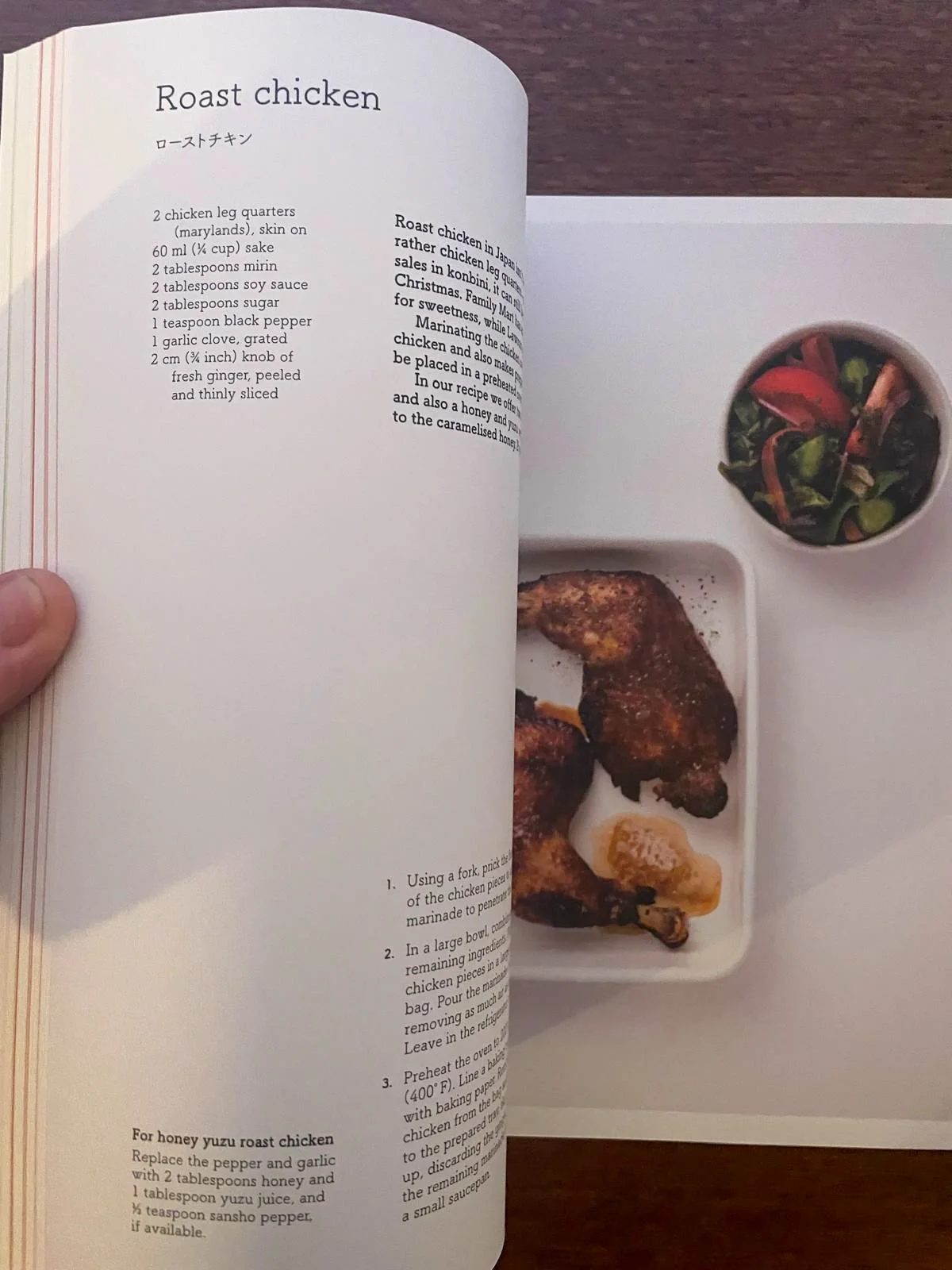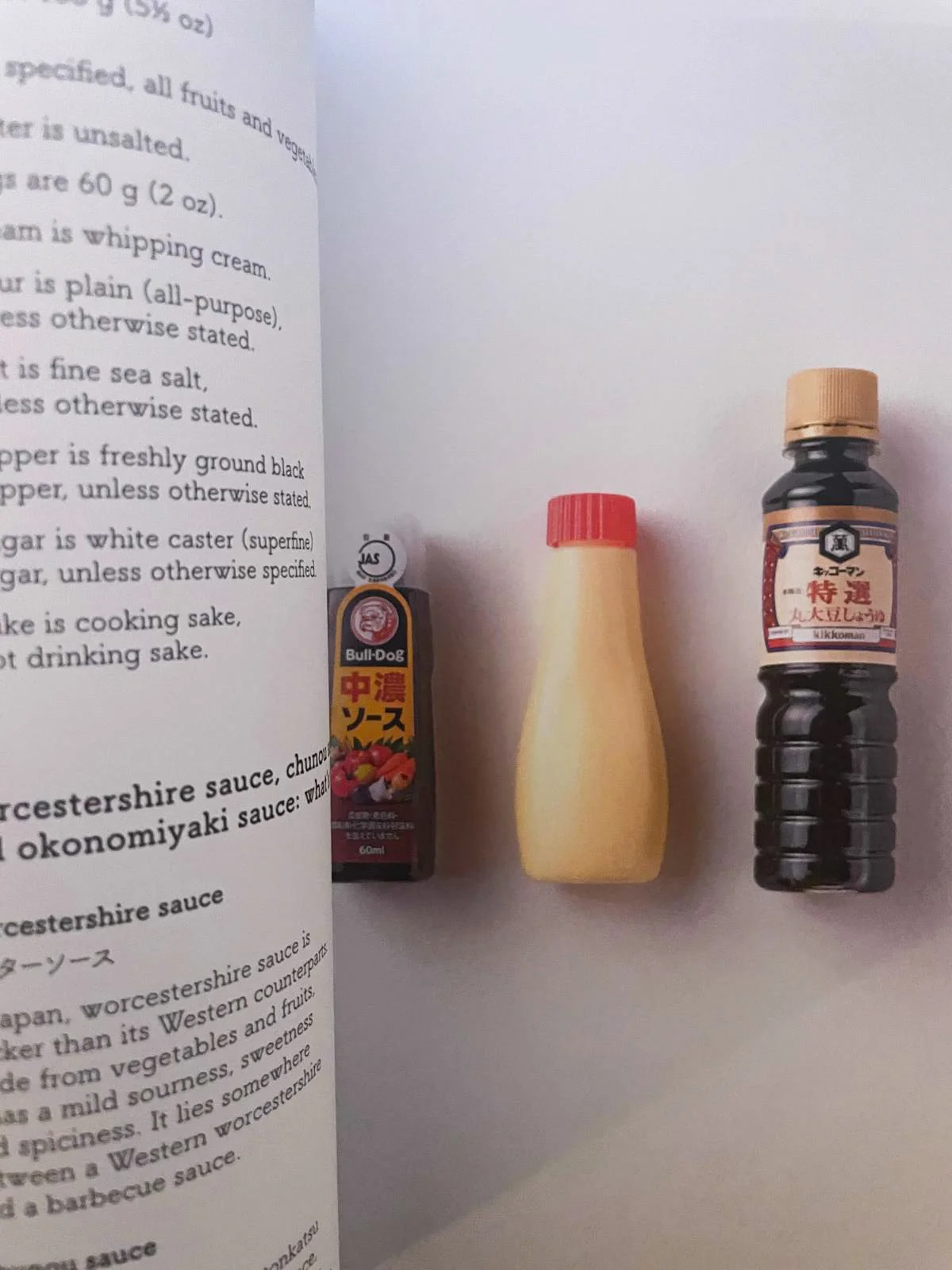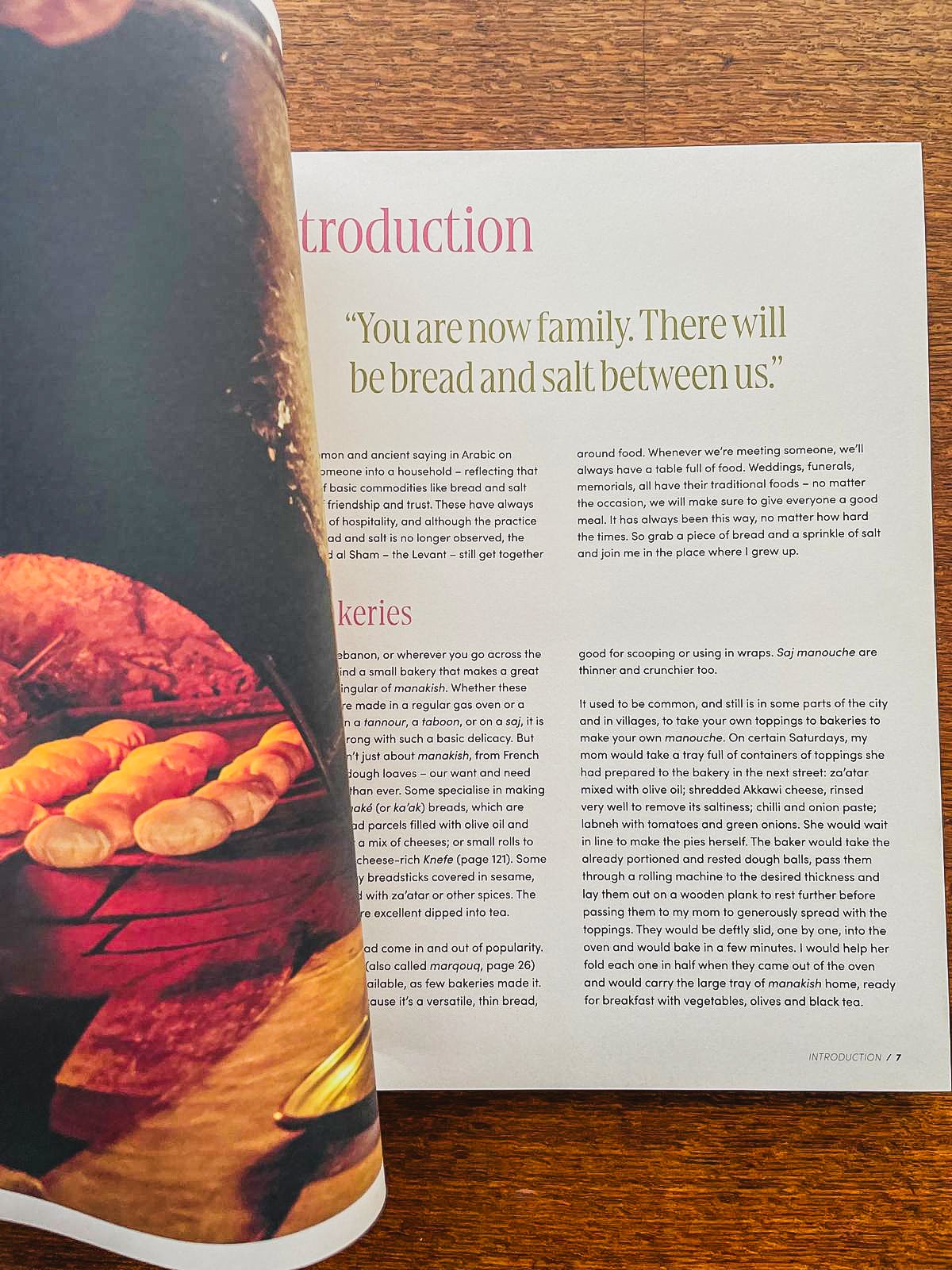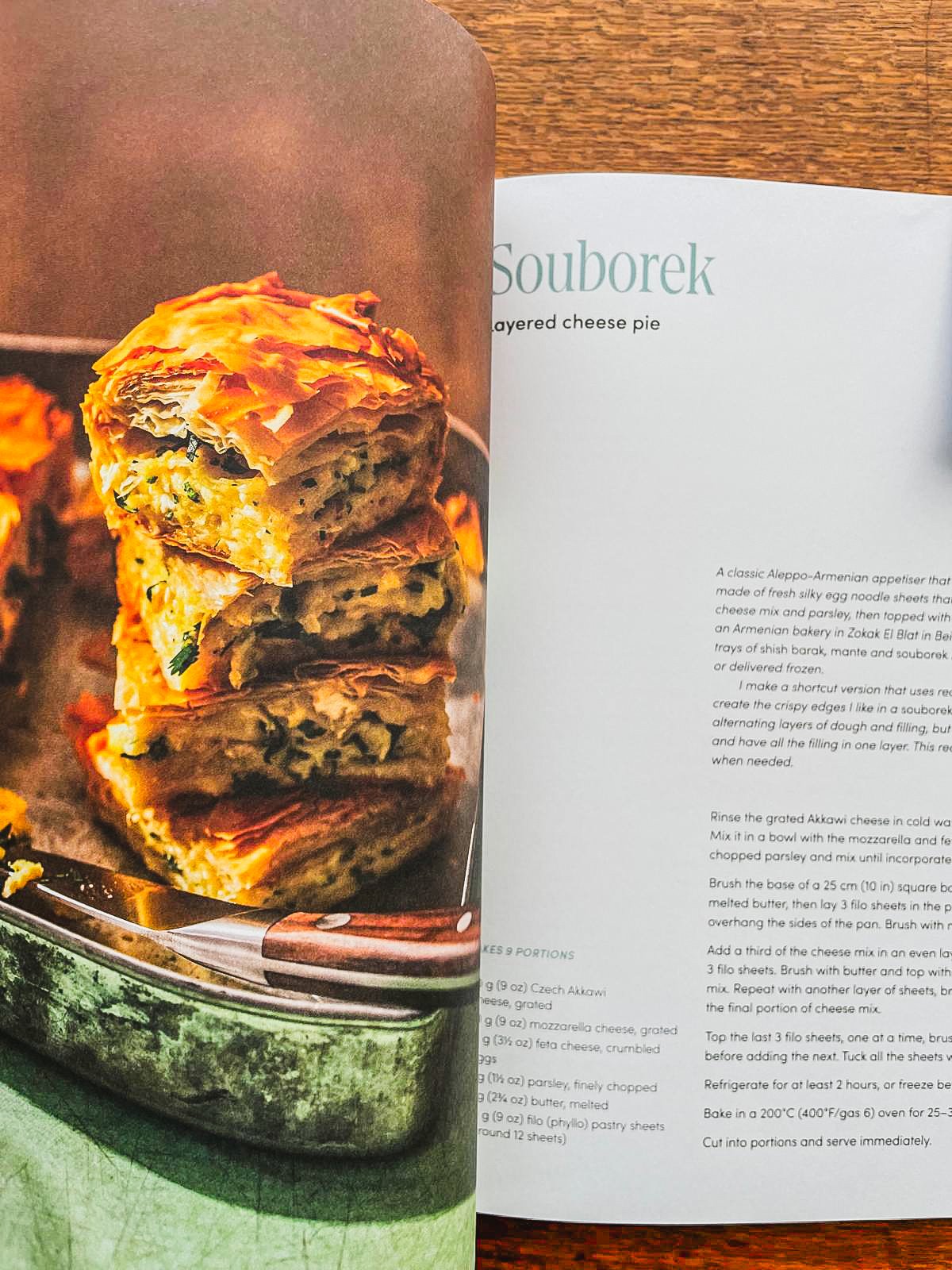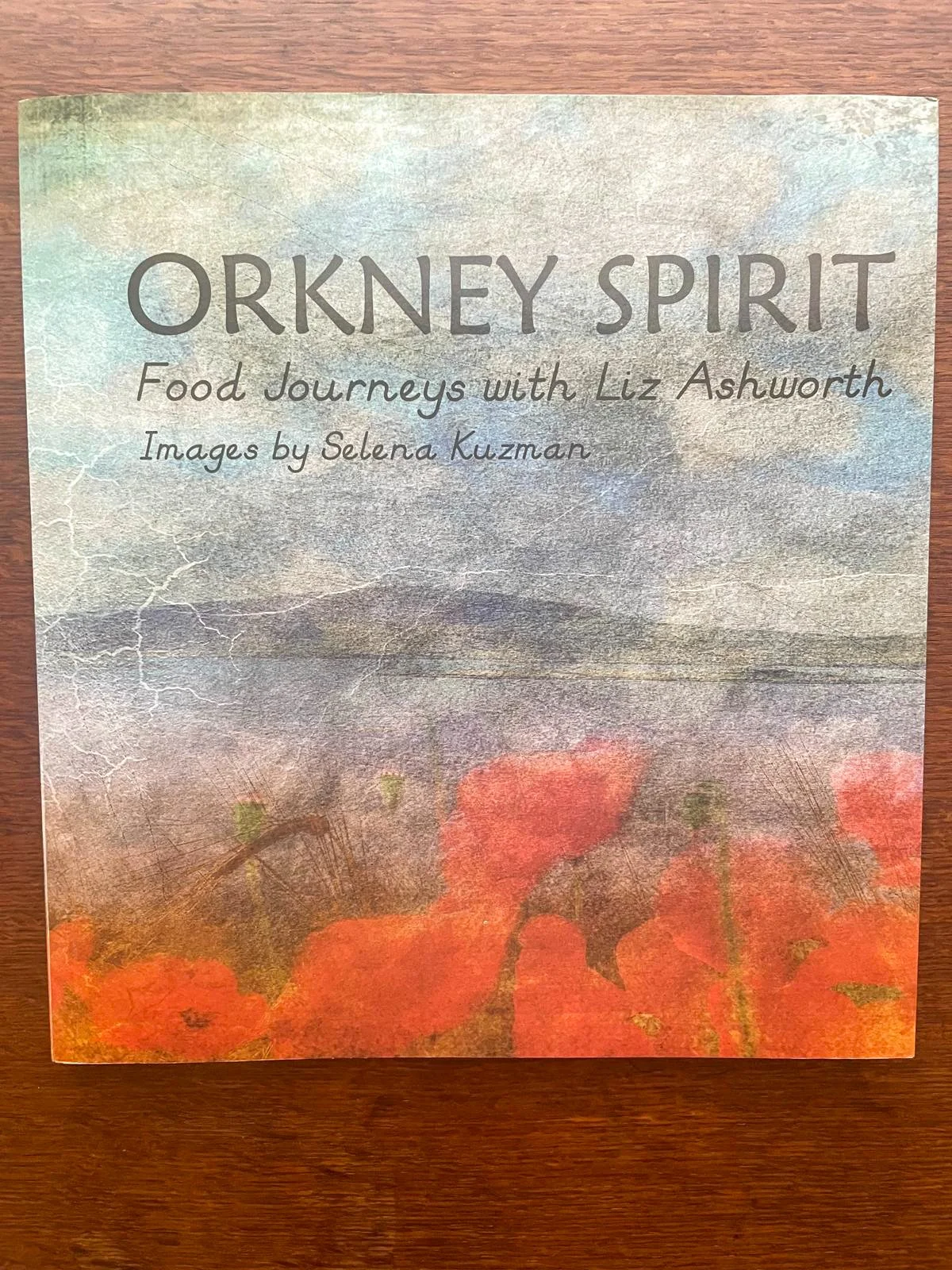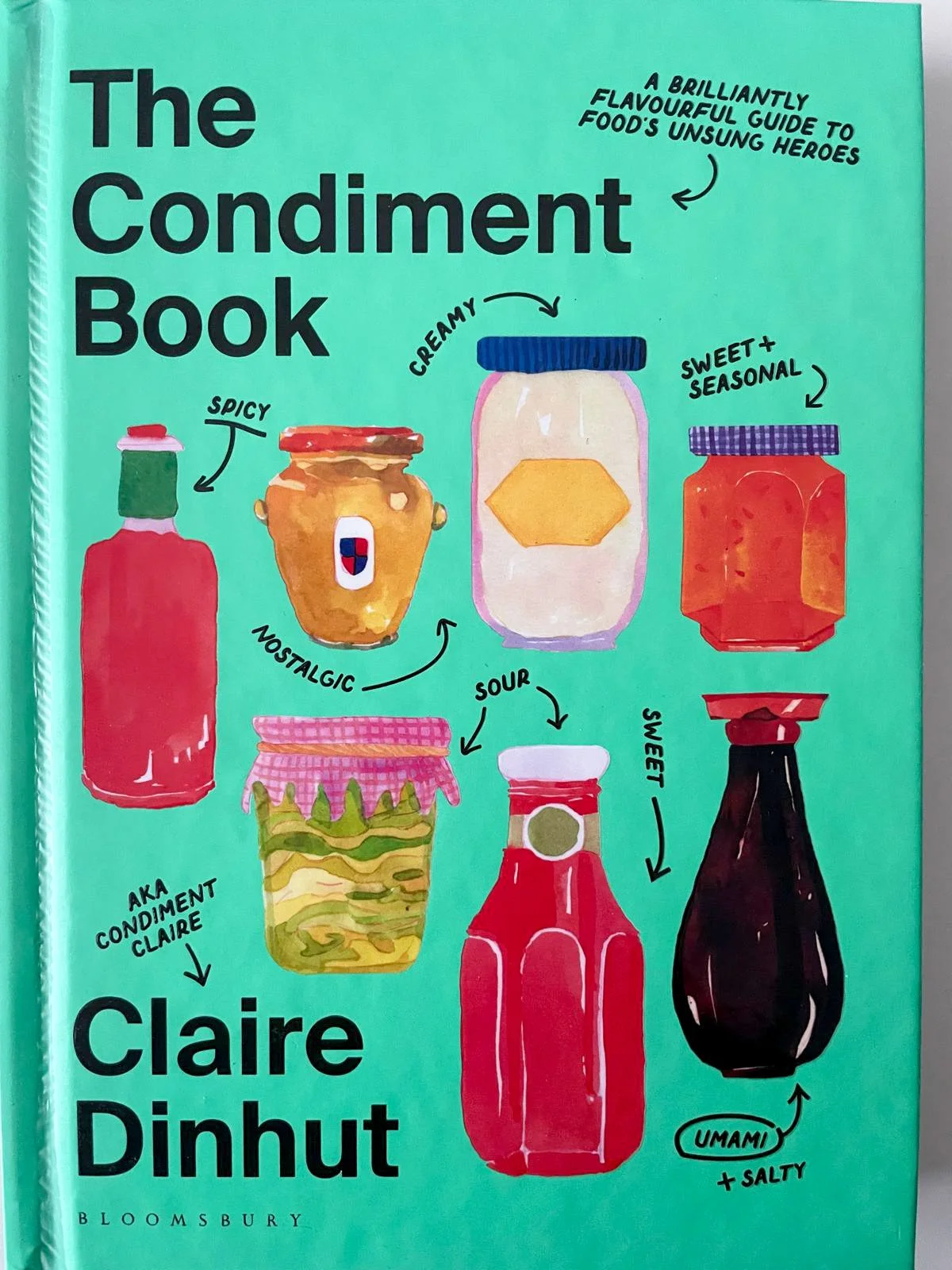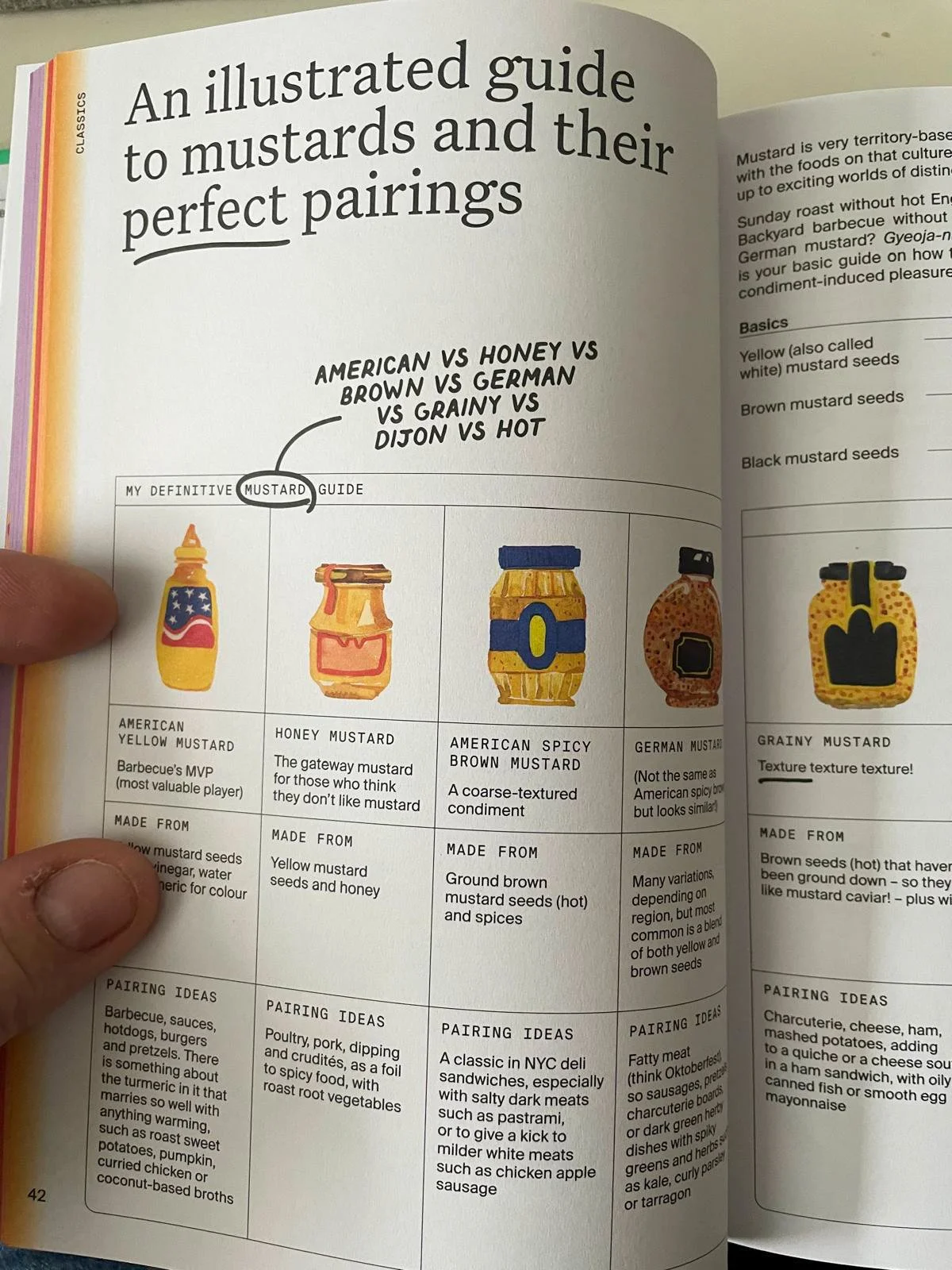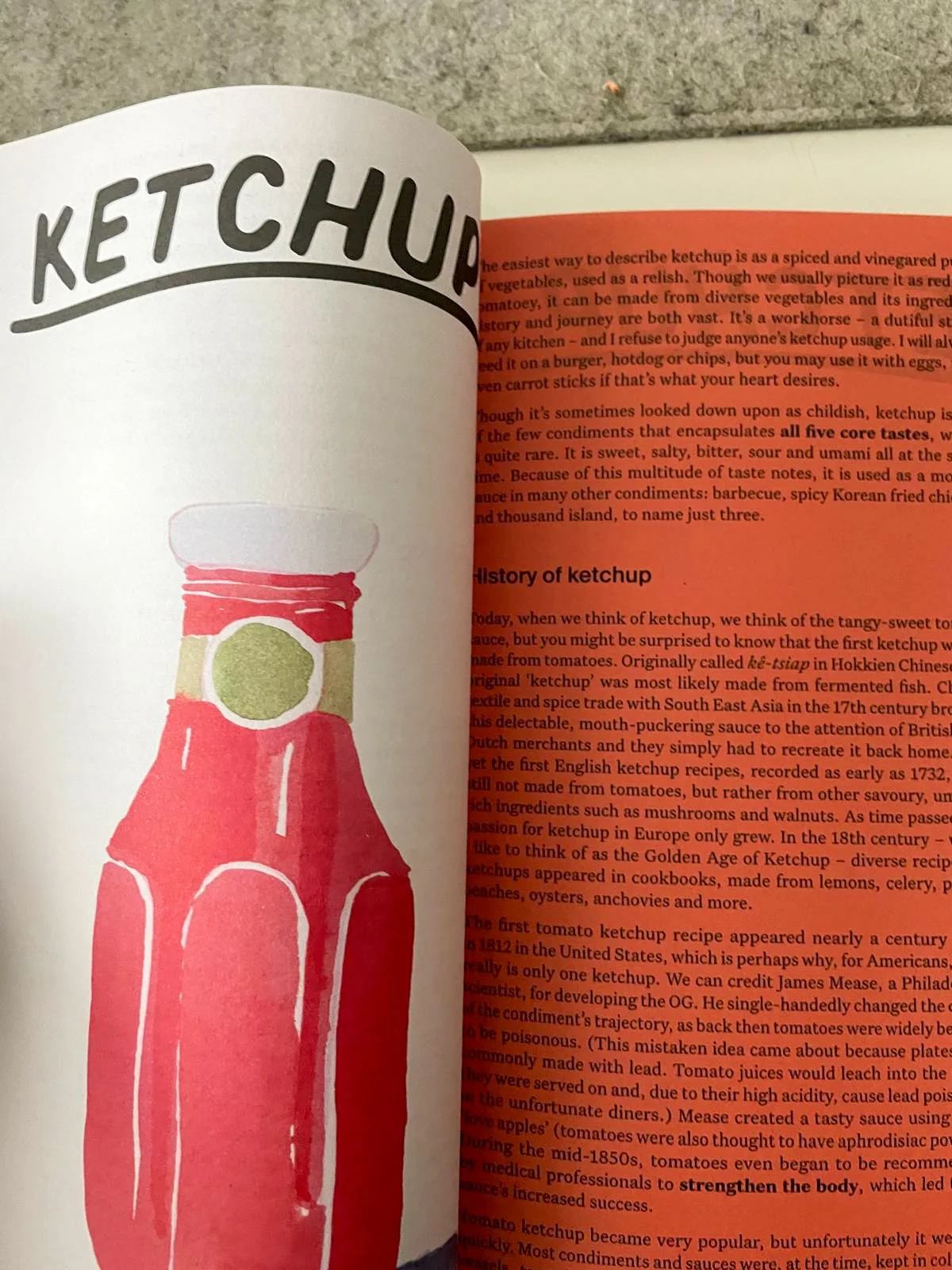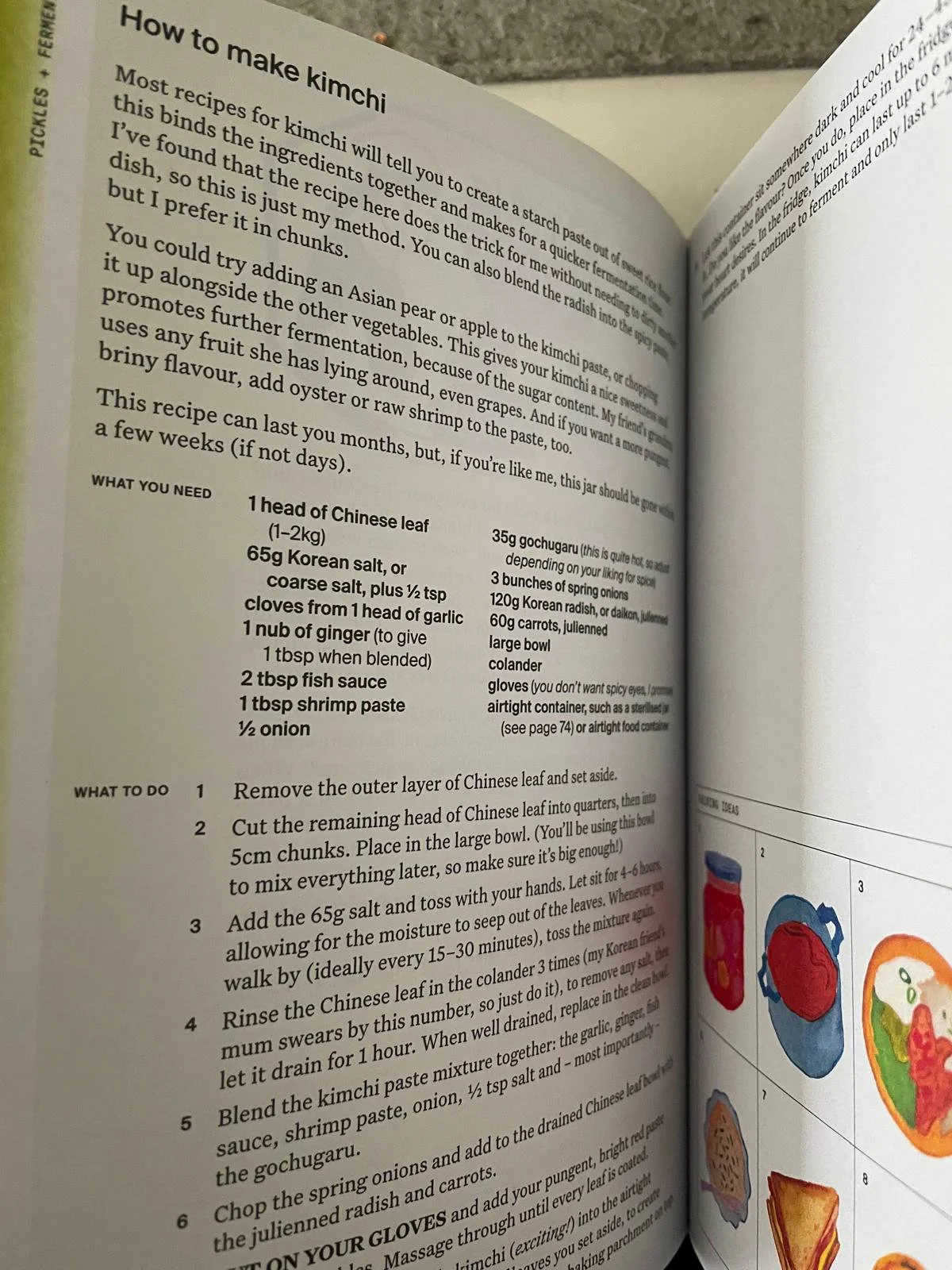Someone came up to me at the farmers' market (as many of you do) and had a chat, which I love. She said she did not know where I get the time to do what I do, with a busy restaurant, a newsletter, a farmers’ market stall, a family, a dog, the cheeky Tinto. The truth is that it is the people around me that help make it all come together. Without them, it would not be possible; it is like a well-oiled machine. I was thinking back to a time when many were less fortunate and, after watching A Christmas Carol by Dickens, I thought this book, 'The Workhouse Cookbook' by Peter Higginbotham, would be appropriate.
It is a wonderful read, with sad tales and some recipes, some of which are not far away from what I make now or remember from childhood. The recipe for gruel is a posh version, with treacle and suet included. I used to love my mum’s porridge, made just with water and oats and cooked with a spurtle for ages on the hob. I was lucky to get a splash of milk at lunch time, home from school. On another day it would be semolina with jam or warm rice pudding; times were hard then.
This book contains so much information about what poor folk ate going back in time, which is fascinating to me. A huge amount of what was eaten has a very Scottish theme, lots of oats and kale, peasemeal even in England. An account of what was eaten in a workhouse in 1724 Essex was not too bad at all, with sheep’s head broth, bread and butter or cheese, ox cheek broth and the like. A mention of Hasty Pudding is common, which is a simple set cake made with either breadcrumbs or Scotch oatmeal, butter, sometimes currants and flour added. Sounds rather dry but it would have filled you up. pease pottage and barley broth was eaten and bread was a staple. We all have the image of Oliver in our minds asking for more; I wonder if he did get more. A great book, I encourage you all to get a copy if you can find one.
